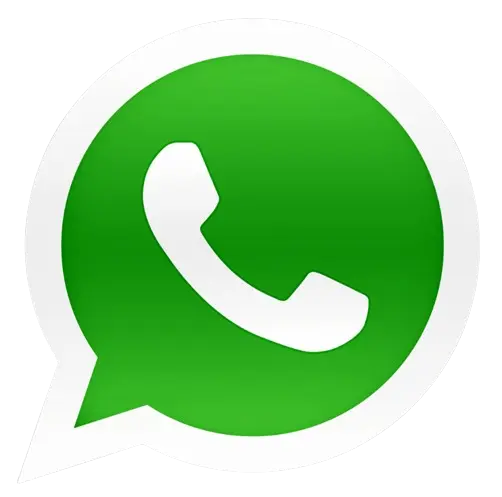$2,000 Direct Deposit:With the rising cost of living in the United States, many Americans are eagerly awaiting financial relief. A $2,000 direct deposit payment due in October 2025 has become a hot topic among US citizens. This payment, aimed at helping low- and middle-income families, is designed to provide temporary financial support during current inflationary pressures and rising household expenses. While not everyone will be eligible, understanding the eligibility rules, payment schedule, and IRS instructions can help you determine whether you’ll receive the funds this month.
What is a $2,000 Direct Deposit Payment?
The $2,000 direct deposit is a federal relief payment being rolled out to select U.S. citizens in October 2025. It is part of an ongoing economic assistance program for individuals and families facing financial hardship due to rising costs of living, healthcare, and housing.
The funds will be sent directly to recipients’ bank accounts through the IRS’s secure payment system—the same system used during previous stimulus distributions. Some recipients may also receive physical checks depending on their filing status and banking arrangements.
The initiative aims to boost consumer spending and provide short-term stability to families struggling to make ends meet amid inflation and high interest rates.
What are the eligibility criteria?
Not every American will automatically receive a $2,000 payment. To be eligible, recipients must meet specific IRS and income-based requirements.
General eligibility criteria are outlined below:
- Citizenship and Residency
- Must be a U.S. citizen or permanent resident.
- Must have a valid Social Security Number (SSN).
- Must reside in the United States for at least six months a year.
2. Income Limitations
- Single taxpayers: Adjusted Gross Income (AGI) must be less than $75,000.
- Married couples filing jointly: Combined AGI must be less than $150,000.
- Heads of household: Income must be less than $112,500.
- Individuals with income above these limits may still be eligible for partial payments, which phase out at higher income levels.
3. Tax Filing Status
- Individuals must file their 2023 or 2024 tax returns with the IRS to ensure eligibility.
- Those who haven’t yet filed taxes can receive payments after submitting their tax return or by using the IRS Non-Filer Portal (if reopened).
4. Dependent Benefits
- Parents or guardians may receive additional payments for dependents, typically up to $500 for each eligible child.
Payment Dates – When will you receive the money?
The IRS has announced that direct deposit payments will begin in mid-October 2025.
Here are the expected timelines:
| Payment Method | Expected Delivery Date |
|---|---|
| Direct Deposit (Bank Account) | October 15–25, 2025 |
| Paper Checks (By Mail) | October 25–November 10, 2025 |
| Debit Cards / EIP Cards | Late October 2025 |
If you’ve received your stimulus or tax refund via direct deposit in the past, you’ll likely receive it that way this time around. Those without a bank account can expect to receive their payment by paper check or prepaid debit card mailed to their most recent address on file with the IRS.
IRS Instructions – How to Check Your Payment Status
The IRS Get My Payment tool (available on the official IRS website) will allow recipients to track their payment dates, confirm deposit details, and update direct deposit information, if necessary.
To check your status:
- Go to irs.gov.
- Go to the “Get My Payment” section.
- Log in using your Social Security number and date of birth.
- Review your payment type, expected date, and payment method.It’s important to be wary of fraud – the IRS will never contact you by phone, text, or email asking for personal information or payment verification.
What to do if you don’t receive your payment
If you don’t receive your payment by mid-November 2025, take these steps:
- Recheck your bank account and the IRS portal for updates.
- Verify your address and filing information.
- Contact the IRS Helpline or submit a payment trace request.
In most cases, delays are due to mismatched banking details, recent address changes, or missing tax information.
Why this Payment is Important
For millions of Americans, this $2,000 direct deposit could help cover basic necessities like rent, groceries, utilities, or healthcare. With inflation affecting nearly every sector, from food to fuel, this financial relief provides much-needed relief.
Economists also believe such payments can boost local economies, as most recipients quickly spend their funds on everyday necessities.
FAQs
1. Do I need to apply for the $2,000 payment?
No, you don’t need to apply. If you’re eligible and have filed taxes for 2023 or 2024, the IRS will automatically send your payment.
2. Will retirees and Social Security beneficiaries get the payment?
Yes. Retirees receiving Social Security, SSDI, or SSI benefits are eligible if they meet income and residency requirements.
3. Is the payment taxable?
No. The $2,000 direct deposit is not considered taxable income under current IRS rules.
4. Can non-filers receive the payment?
Yes, but they may need to register through the IRS Non-Filer Sign-Up Tool when it reopens.
5. What happens if my bank account is closed?
If the IRS cannot deposit your payment, a paper check will be mailed automatically to your address on file.
Final Thoughts
The $2,000 direct deposit for American citizens in October 2025 brings a sense of hope and stability at a time when many families are struggling to make ends meet. By understanding the eligibility rules, payment schedule, and IRS procedures, you can ensure you don’t miss out on this vital financial assistance.
Whether this is a temporary relief or the start of a broader economic recovery effort, one thing is clear – this payment is a timely reminder that every bit of financial help matters to American families today.

